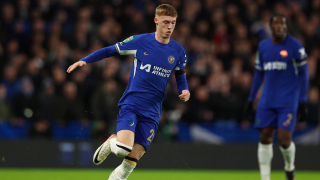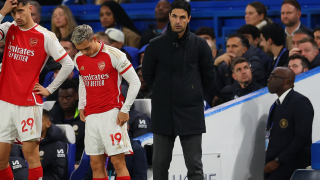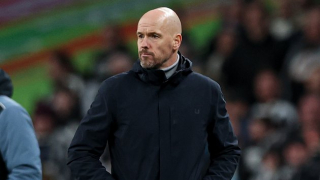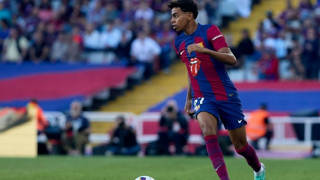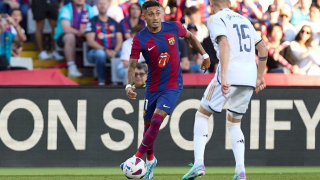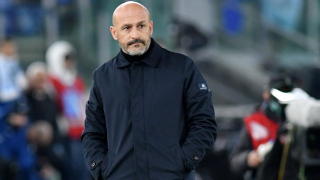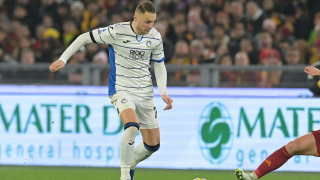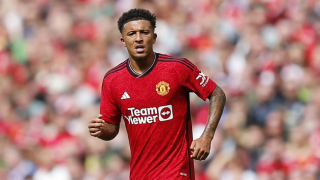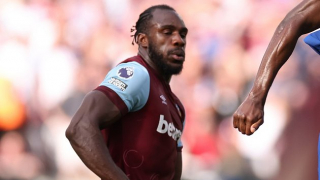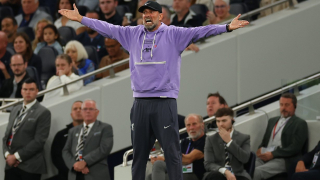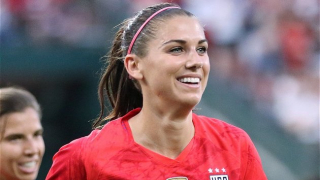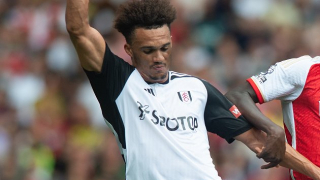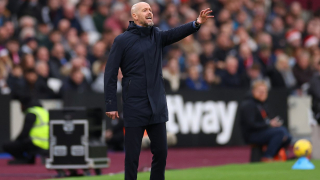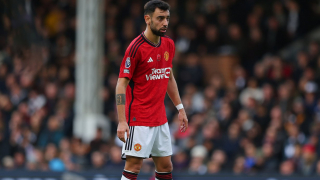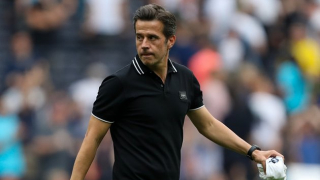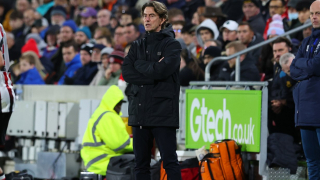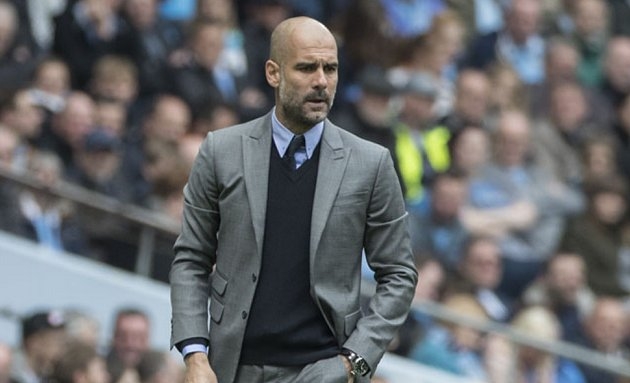The 2017/18 Premier League season is over, and although we didn't get a title race – or even much of a battle for the top four – it was an engrossing season from a tactical perspective. Pep Guardiola's methods have revolutionised English football, while Jurgen Klopp's gegenpressing 4-3-3 has become even more complex and efficient. Together, these two are shifting the foundations of the Premier League.
Here are three tactical lessons we learnt this season:
1) Guardiola's inverted full-backs will become popular at other clubs
One of the most important tactical developments at Man City this season is the use of inverted full-backs, something first introduced by Pep Guardiola at the beginning of 2016/17 but quickly abandoned when it transpired Pablo Zabaleta and Aleksandar Kolarov couldn't adapt. Fabian Delph and Kyle Walker have both been superb this campaign.
The main idea is for the left-back and right-back to move infield until they are standing alongside Fernandinho, providing City with a three-man screen while their team-mates are on the attack. If the ball is lost, these three cut off any counter-attacking lanes and help recycle possession, boxing in the opposition. It is probably the most important tactical contribution of Pep Guardiola's managerial career, first developed at Bayern Munich but perfected in England.
Using inverted full-backs has allowed City to use just one traditional central midfielder, freeing Kevin de Bruyne and David Silva to roam ahead as double number tens. The likes of Liverpool and Tottenham Hotspur have already started occasionally repositioning their full-backs into similar positions and it won't be long before others follow suit.
2) Traditional wingers have returned; narrow attacking lines are out
For quite some time English tactics were moving towards narrow attacking patterns and a congested number ten space; inverted wingers in a compressed 4-2-3-1 was the norm. The introduction of Jurgen Klopp's gegenpressing brought counter-attacking back into the mainstream at the top level, and surprisingly Guardiola has taken on board many of the German's ideas, which has seen some of the older British tropes return.
After years of inside forwards and wide playmakers cutting infield at every opportunity, old-school direct wingers are back in fashion. Guardiola instructs Leroy Sane to stick to the touchline to add width while Sadio Mane and Mohamed Salah often make runs on the shoulder of the last defender like wingers of the past.
Another important factor in the return of the pacey winger is that English football was getting too compressed, with the emergence of "attack-versus-defence" matches making things too claustrophobic in the final third. Inevitably clubs are now injecting pace in wide areas to pierce those deep blockades.
3) The need for a "project" has made high-pressing, attacking football more popular
As the financial gap between the top six and the rest becomes ever more pronounced, fans of mid-table clubs increasingly find themselves in existential crisis. If you're cut off from the top, what is the point in Premier League existence altogether? This helps explain why fans are increasingly demanding aesthetic football; an attacking identity – a clear project – is at least something to cheer about.
This explains why the dull football of Sam Allardyce, Tony Pulis, and Carlos Carvalhal has been widely criticised this season. Consequently we can expect to see far more high pressing, short-passing football over the next few years as the more entertaining coaches – think Marco Silva, Eddie Howe – are increasingly given opportunities over the British "dinosaurs".
Best of the Season: Cautious defensive football didn't pay off
Stoke City, West Brom, and Swansea City were the three worst teams to watch this season, and so for neutrals it was good news to see them relegated from the top flight. It has become increasingly clear to fans – and hopefully to owners – that the pursuit of pragmatic, defensive football is a recipe for disaster long term.
To survive in the Premier League you must show tactical bravery; you cannot edge out draws and hope to stay in the division. What has perhaps been most heartening this season is that clubs with a long-term manager, and therefore a well thought out tactical battle plan, performed far better than those playing cautiously.
Worst of the Season: Constant managerial changes
Half of all Premier League clubs changed their manager during the 2017/18 season, while three changed in pre-season and as many as five managers could be sacked over the next week. This is simply unsustainable, breeding the sort of cautious short-term tactics that ultimately end in relegation. The "manager bump" might make changes appealing, but as Swansea and Southampton have shown over the last couple of years, there is a clear downward trend to this method.
Huddersfield Town, Newcastle United, Brighton, and Burnley were all major success stories this season, playing with an organisation and tactical clarity rarely seen in the Premier League; it is no coincidence these four are among the seven longest-serving coaches in the division.

